Archeologists are determined to uncover more about The Last Supper, directing endeavors to track down the specific location of the event in Jerusalem.
This mission has driven them to the “Upper Room” or Cenacle, a two-story house with a red, slanted rooftop and limestone walls still standing today.
The Cenacle
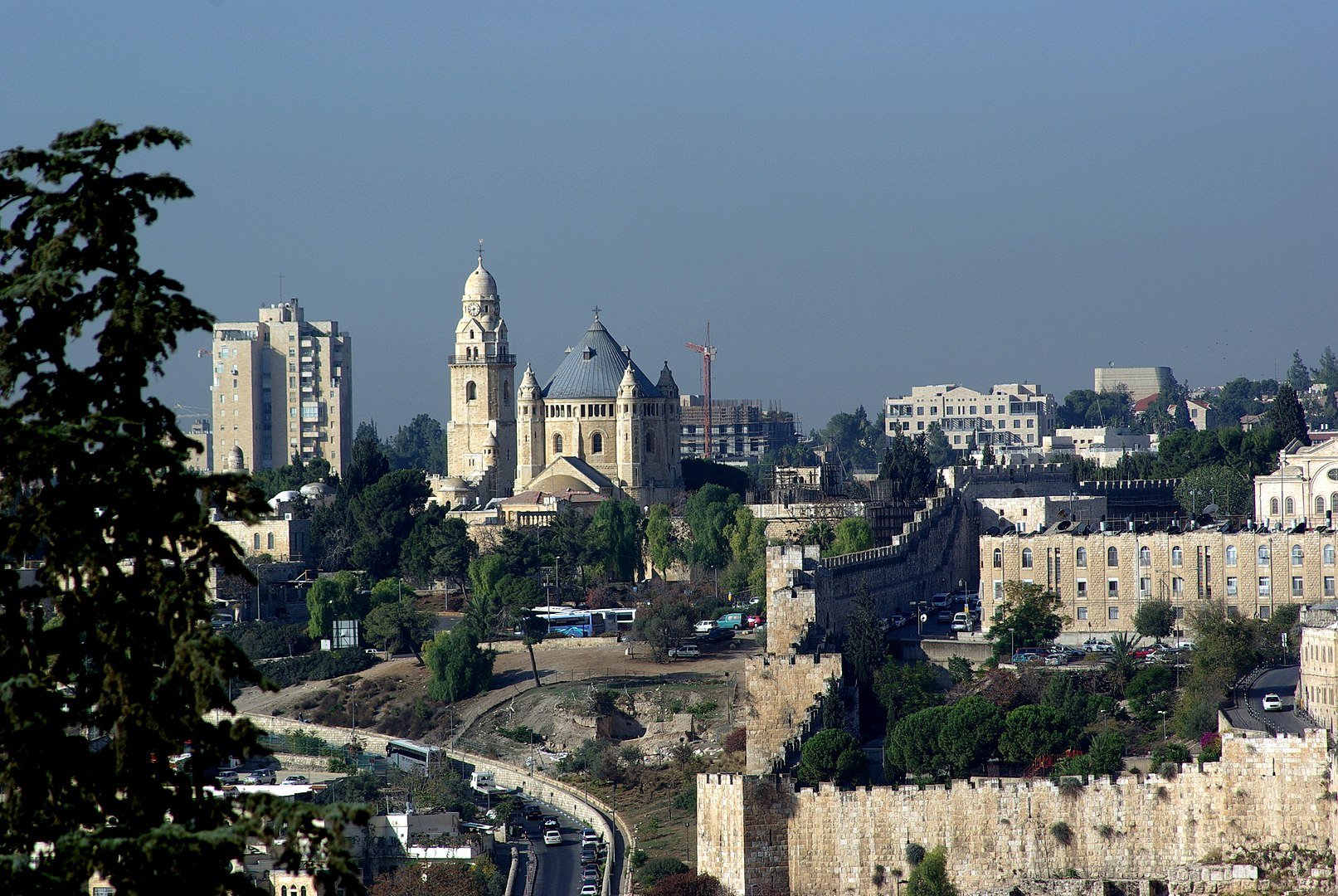
The Cenacle, situated on Mount Zion in the old city of Jerusalem, is thought to be the site of the Last Supper, an event that happened in 33 AD.
Early Christian explorers recorded this room as the place where Jesus shared his last meal with his followers before his crucifixion.
Depictions in Art
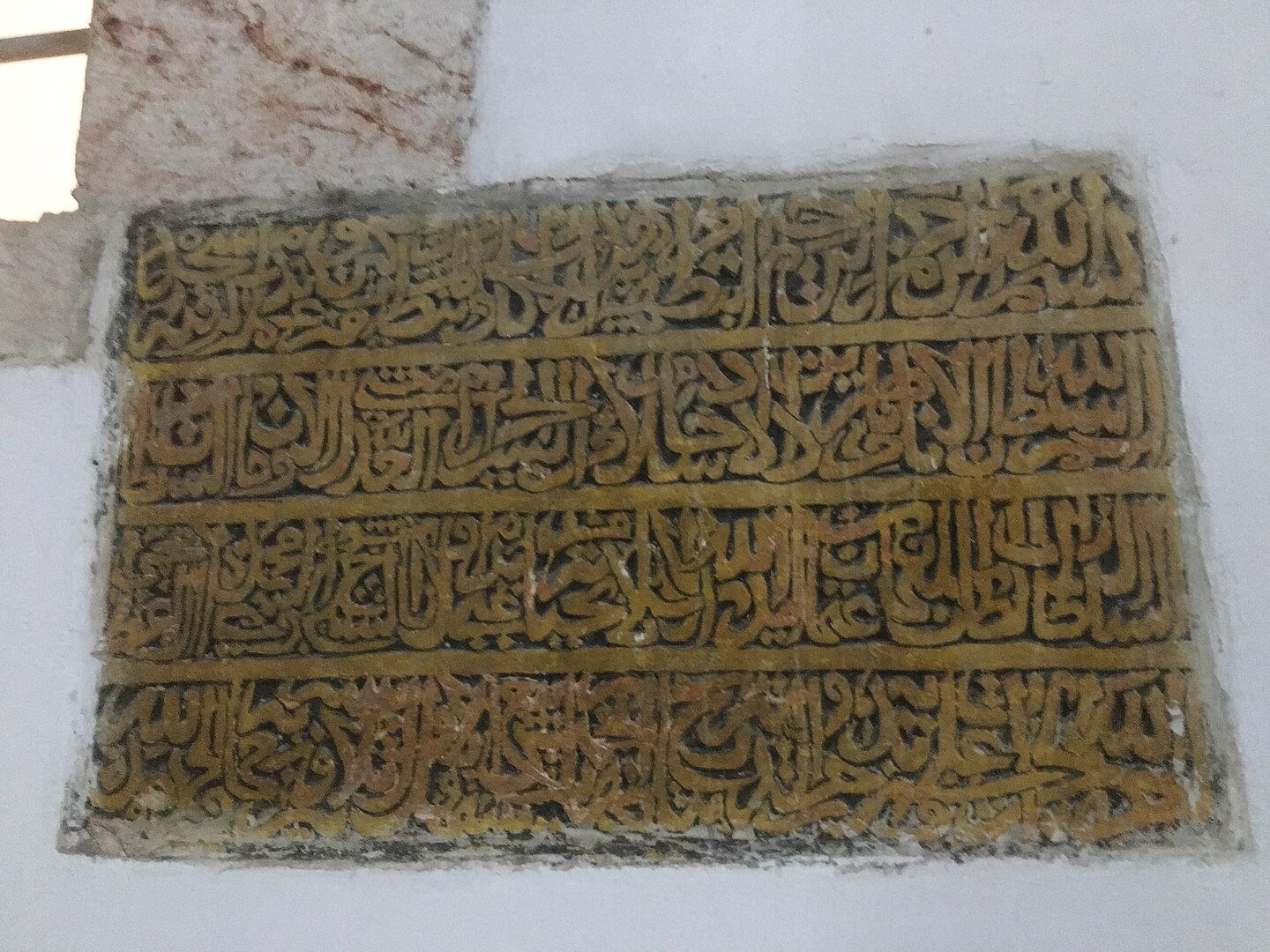
The Cenacle has been depicted in art since the fourth century, highlighting its religious significance.
These works of art, alongside verifiable records, support the idea that the Upper Room is a vital site in Christian history, drawing in thousands of visitors every year.
Biblical Account

The Bible says that Jesus told his 12 apostles in the Upper Room that he would be betrayed and die soon.
He blessed the bread and wine, representing his body and blood, which he said would be broken and shed for the pardoning of sins.
Archaeological Challenges

Notwithstanding its historical significance, affirming the Cenacle as the specific site of the Last Supper has been difficult.
No archeological digs have been attempted because of the structure’s consistent use and religious importance, forcing analysts to depend on non-invasive techniques.
Supporting Sculpture

In 1585, a sculpture was located depicting Jesus standing before Mary Magdalene after his resurrection, with the Cenacle behind them.
While some contend it portrays an unknown woman, this sculpture upholds the possibility that the Cenacle was important in Jesus’ life and ministry.
Madaba Map
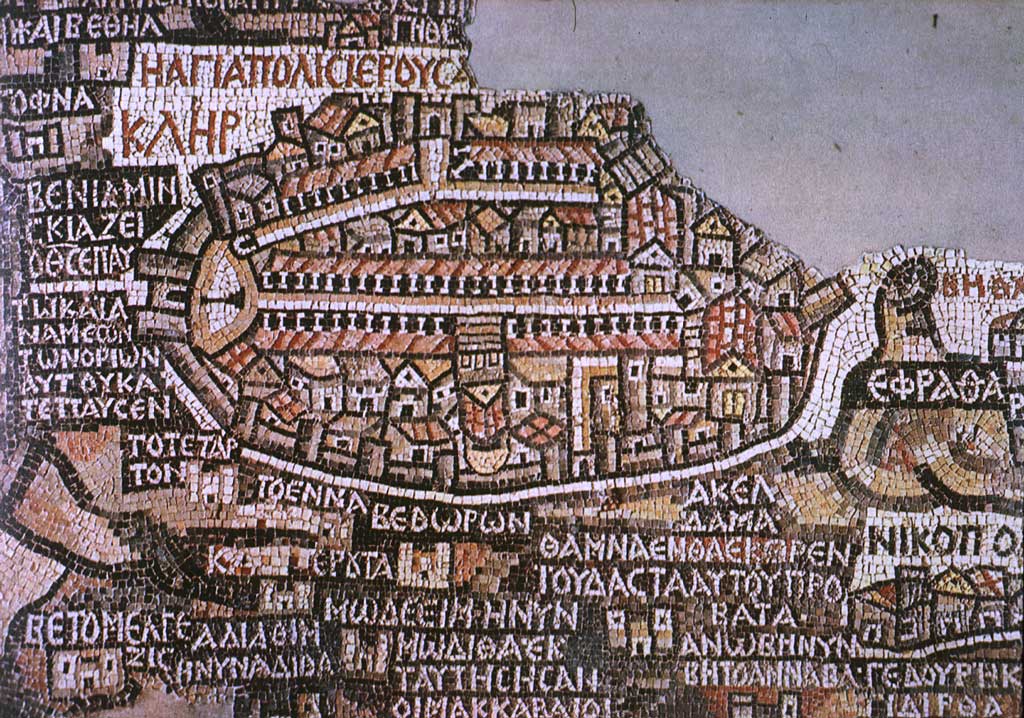
Greek Orthodox Christians located the Madaba Map in Jordan in 1884.
This map of the Holy Land, which was made in 560 AD, shows a building with a red sloped roof in the same spot as the Cenacle, which suggests that it was there when Jesus was alive.
Italian Drawing
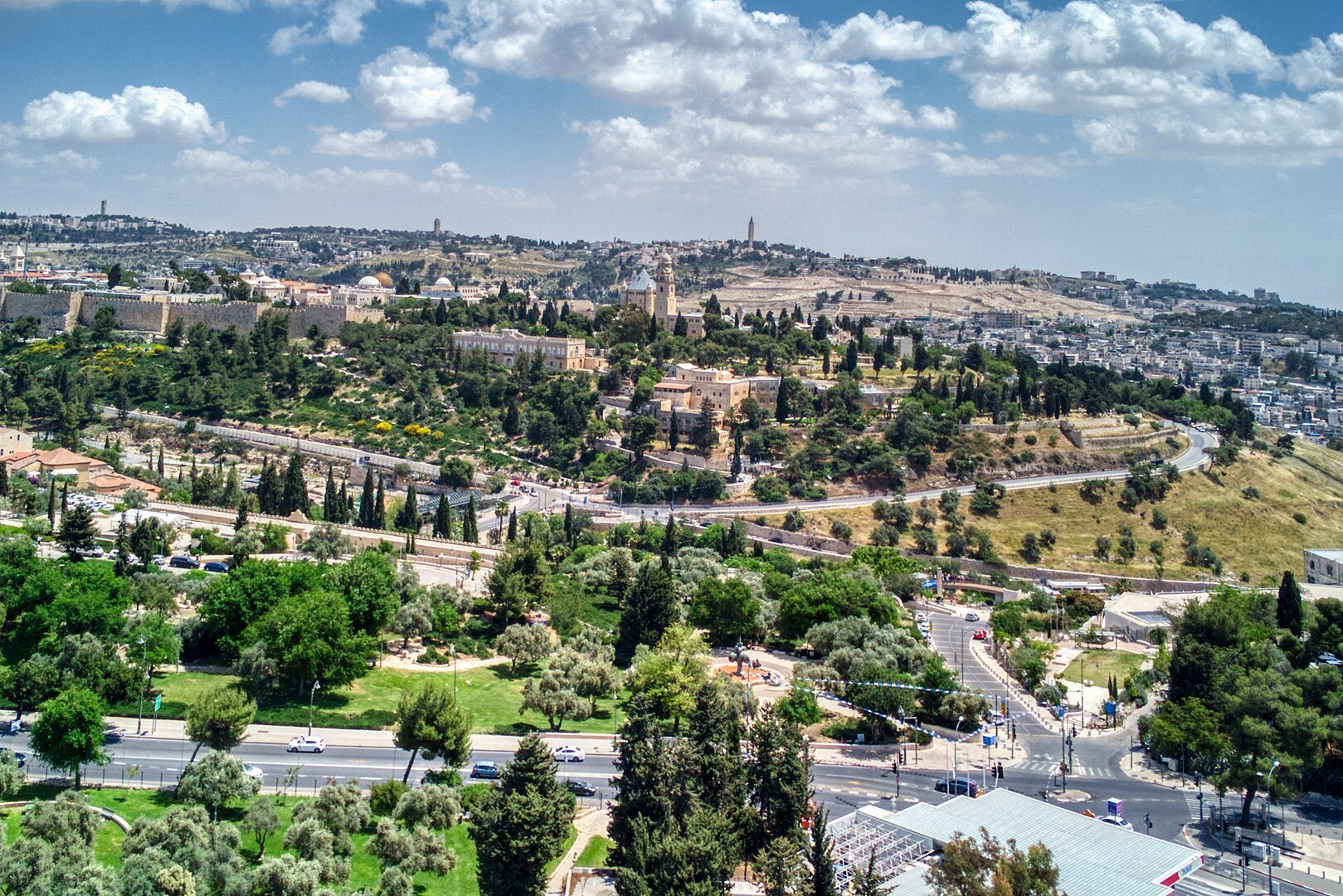
In 1846, an Italian drawing from the sixth century shows Jesus riding a donkey into Jerusalem, with the Cenacle in the background.
This picture lines up with the scriptural story of Jesus entering the city to satisfy the prediction of Zechariah, further connecting the site to the Last Supper.
2017 Discovery
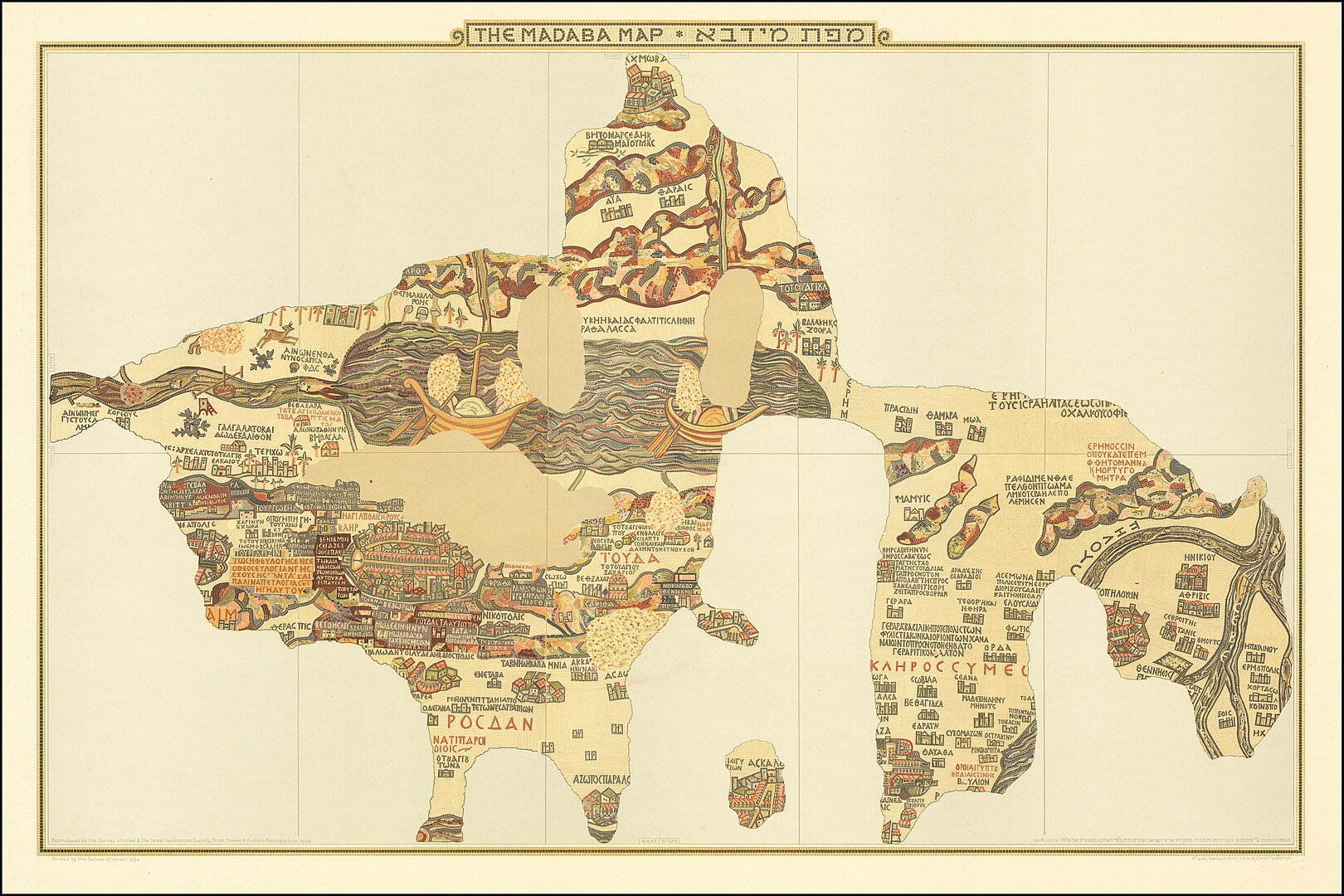
In 2017, David Christian Clausen, a lecturer at the University of North Carolina, pointed out that the structure on the Madaba Map matched the Cenacle’s portrayal.
This revelation reinforced the hypothesis that the Upper Room was in fact the site of the Last Supper.
Use of Modern Technology
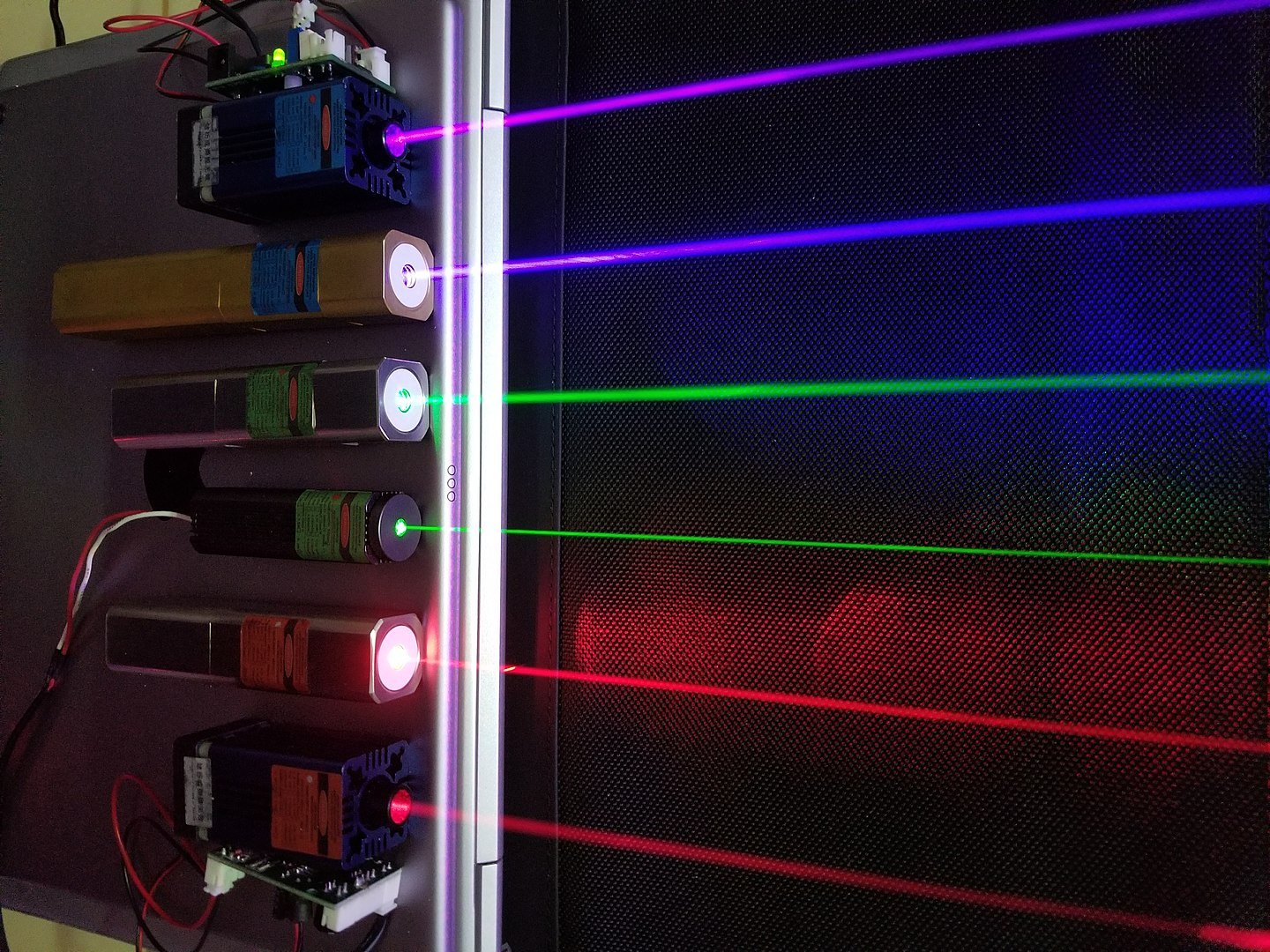
The Cenacle was studied by the Israel Antiquities Authority (IAA) in 2019 using cutting-edge imaging and laser technology.
This revealed original features like the Agnus Dei and Lion of Judah symbols, which suggested the biblical significance of the location and connected it to King David.
Smaller-Scale Investigations
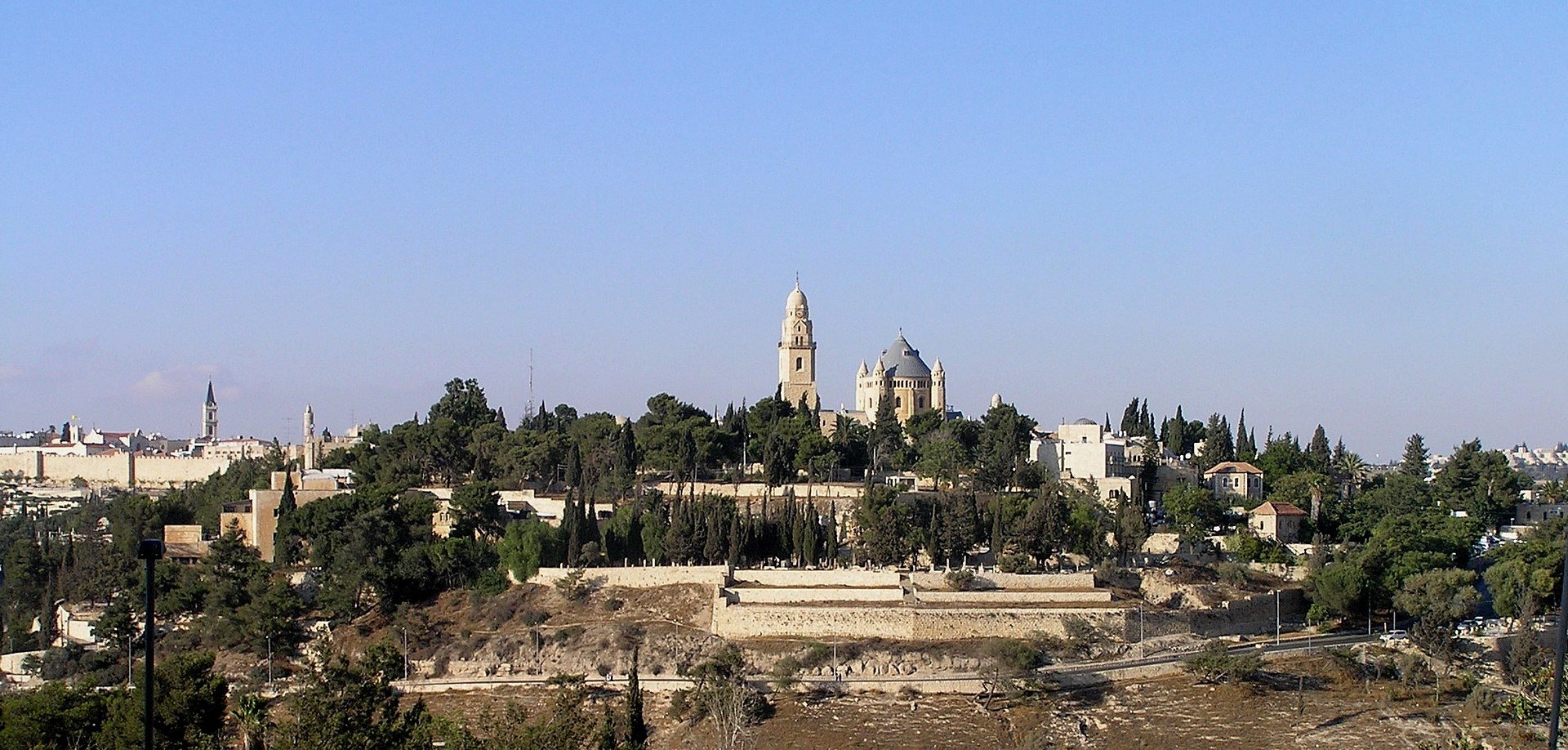
While additional examinations are required to affirm the Cenacle’s part in the Last Supper, the IAA proceeds to investigate and record the site.
Amit Re’em, an archaeologist in the Jerusalem district, hopes that smaller-scale archaeological investigations will be possible in the future.
Quest for Clues
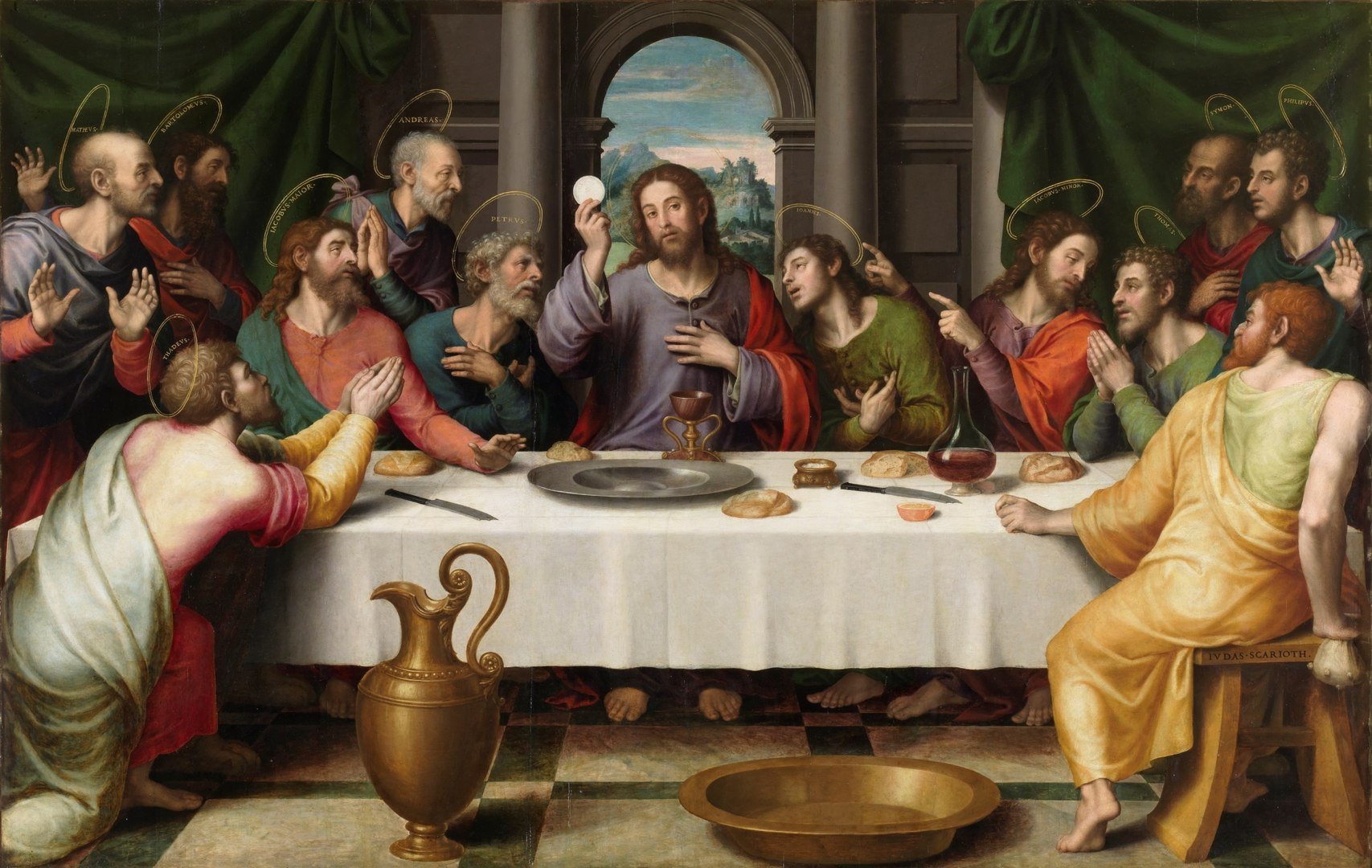
The quest for clues about the specific location of the Last Supper continues.
Archeologists continue to utilize new innovations to uncover historical antiques.
Every revelation brings us nearer to potentially one day understanding the life and legacy of Jesus Christ.
